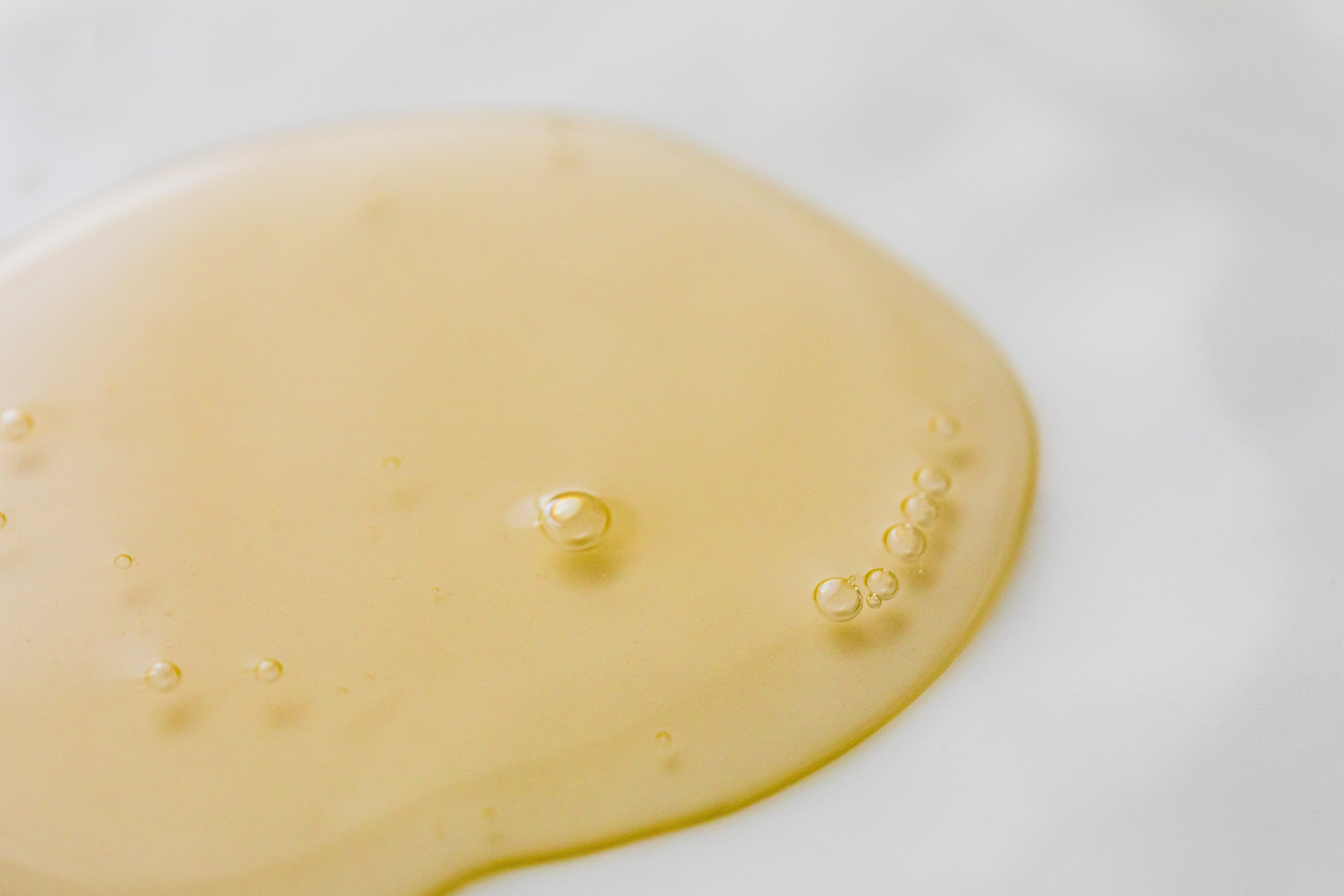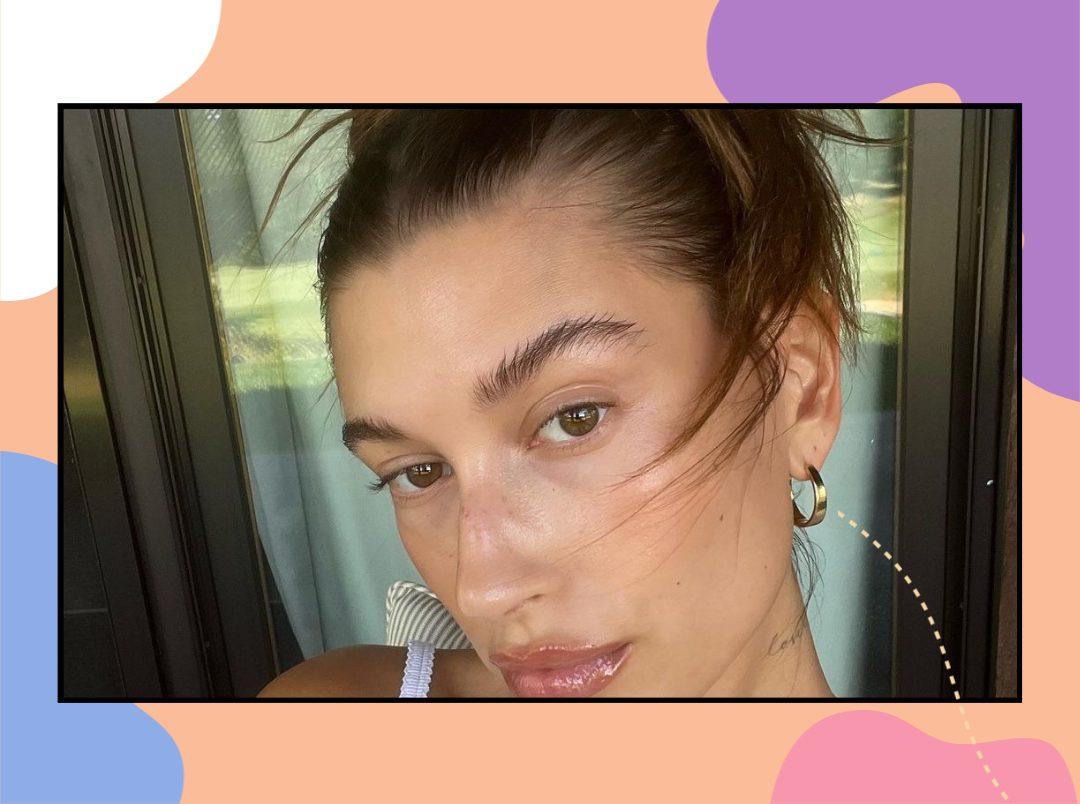While most of us associate the benefits of Glycolic Acid with skincare, a new trend on the internet has everyone scrubbing the AHA into their scalps — claiming that the formula rids their hair of build-up, strengthens and conditions, and promotes the health of the mane. Even studies have attested to these benefits. But how safe is it to add a skincare-intended formula to our hair-care regimen — and how do you even start? I’ve roped in Dr. Nishita Ranka, Internationally Acclaimed dermatologist, Medical Director & Founder of Dr. Nishita’s Clinic for Skin, Hair & Aesthetics and Dr. Afzaa Machiwala, MBBS, MD, Founder & Consultant Dermatologist, Sutvak Skin Clinic, to explain the phenomenon to me; whether it works; and if there are any precautions or side-effects to keep in mind at all. Ahead — the reveal.
What’s The Deal With This New Trend The Internet Is Obsessed With?

What Is Glycolic Acid?
The experts break it down for me simply. Glycolic Acid is an alpha-hydroxy acid (AHA) derived from sugarcane. It occurs in certain fruits and beets as well. Glycolic Acid can be derived synthetically rather than naturally as well. And because it is composed of the smallest molecules, it penetrates the skin easily, and works more effectively than other AHAs like Lactic Acid.
What Does It Do For The Skin?
“It loosens the bonds between skin-cells, and enables the older dead skin-layer to slough off. It doesn’t just help with acne but pigmentation and lines as well,” summaries Dr. Afzaa.
Dr. Nishita elaborates on each of Glycolic Acid’s benefits for the skin, “Glycolic Acid is the most widely-used AHA in the skincare sphere due to these following science-backed properties:
- Exfoliative: First and foremost — Glycolic Acid is an exfoliant. When applied to the skin, it dissolves the ‘cement’ between dead cells, and removes the skin’s outermost layer without the need for harsh scrubbing. This chemical exfoliation instantly reveals smoother and even-toned skin; improves cell renewal; and helps unclog pores (thus controlling acne). It also brightens the skin, and helps fade spots and hyperpigmentation in the long-term.
- Anti-aging: Glycolic Acid addresses signs of aging in addition to its exfoliating abilities. It flattens the skin’s surface, and makes deep-seated fine lines and wrinkles appear more shallow and less visible. It stimulates fibroblasts in the dermis, and promotes collagen synthesis that enhances the elasticity and firmness of the skin. Glycolic Acid-based treatments also increase skin levels of hyaluronic acid — this leaves the skin hydrated and plumped. These topical applications of glycolic acid also reduce sun-induced damage.
- Humectant: Glycolic acid acts as a humectant as well. It attracts and binds water to the epidermis by boosting glycosaminoglycans synthesis.
- Antibacterial: A recent study suggests that the acid can control the growth of bacteria at certain concentrations.
Does It Have Any Benefits For The Scalp/Hair?
“Glycolic Acid hair and scalp-based treatments help boost healthy hair-growth — the AHA creates a healthy environment for growth, and increases cell-turnover. Much like the way in which it works on the skin, it dissolves all the dirt and dead skin-cell build-up that disrupts the healthy function of the follicle. This act of exfoliation improves flaking and itchiness associated with dandruff. Research has also found that adding Glycolic Acid to the hair improved protection and manageability by conditioning, moisturising, and strengthening while preventing breakage. These studies also revealed it helped the hair maintain its moisture and stay stronger at higher temperatures (like during heat-styling). More lubricity to hair created less friction and tangles and overall better manageability,” says Dr. Nishita.
How Do You Use It On Your Hair? Can You Use A Glycolic Acid-Based Serum Or Exfoliator?
“Glycolic Acid should be used once or twice a week — it’s not meant for everyday use. You can apply it a few minutes before your shower, and then continue to shampoo and condition your hair after,” explains Dr. Afzaa.
Dr. Nishita says, “When it comes to hair-care, the terms Glycolic Acid-based serum or exfoliator are used interchangeably. But, generally, the serum is a daily leave-on product, and the exfoliator is a weekly rinse-off product. And the serum contains a lower percentage of glycolic acid compared to the exfoliator. Most experts recommend weekly rinse-off treatments because it may damage follicles by applying Glycolic Acid too often. However, glycolic acid might not be for every scalp-type — consult a dermatologist before adding it to your routine.
What Are Some Precautions To Keep In Mind When Using The Formula On The Scalp?
Dr. Nishita and Dr. Afzaa put a list together:
- The key with exfoliation is less is more. Too much product — or very frequent use — can damage your hair, and cause irritation. Keep it minimal.
- Conduct a patch-test when using Glycolic Acid for the first time.
- Don’t apply Glycolic Acid on your scalp if you notice any redness, swelling, irritation, or infection.
- Using Glycolic Acid incorrectly can lead to irritation and sensitivity. Use it as instructed.
Are There Any Side-Effects Or Risks?
If used with caution, the side-effects are minimal. Patch-testing is always a good idea, and starting with a lower percentage is always advisable. Common side-effects manifest as dryness, redness, burning, itching, irritation, and rashes. Keep an eye out.
Some Glycolic Acid Formulas You Can Try
Time to give our hair-care routine an upgrade, isn’t it?
Featured Image: Instagram







